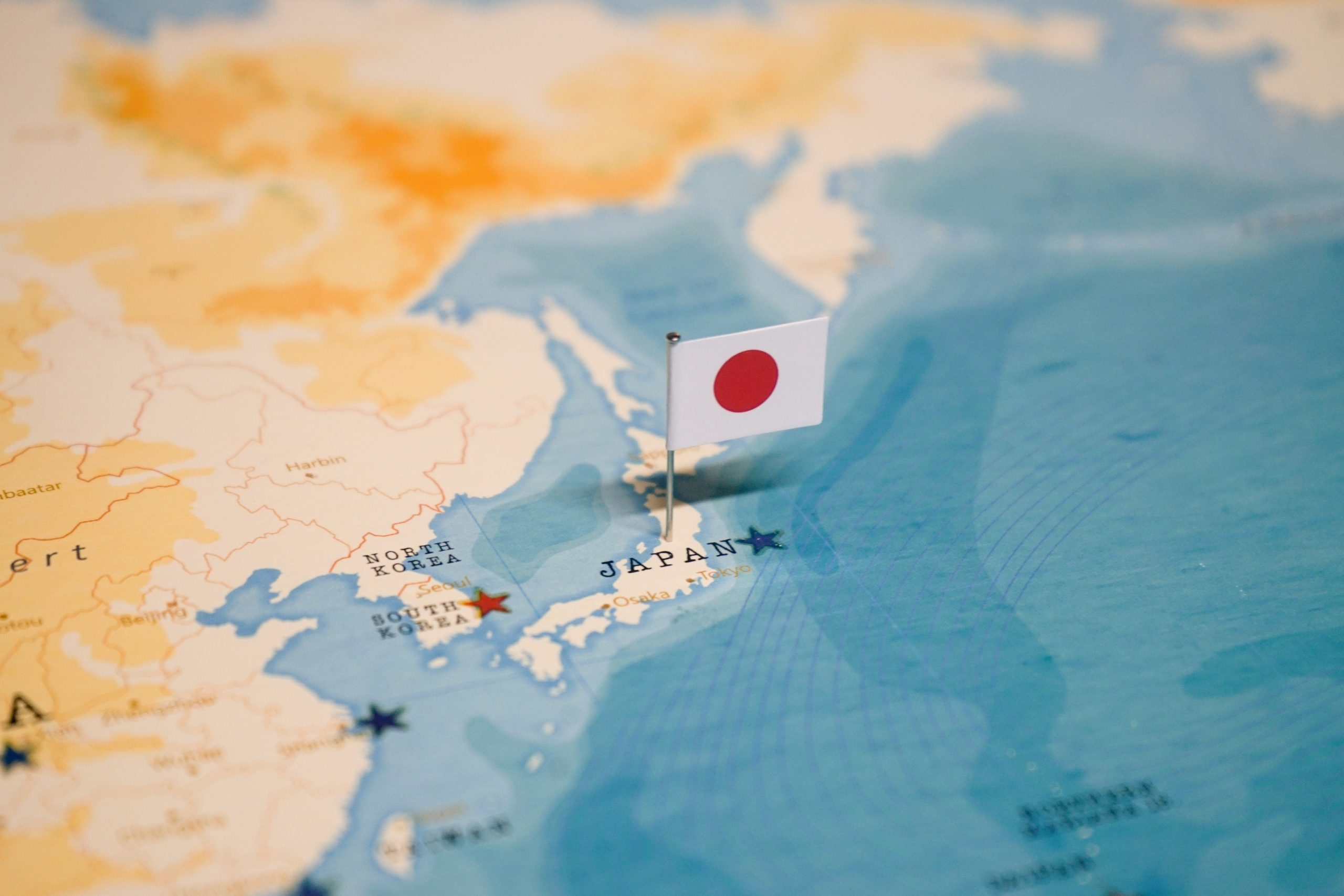



In a recent conversation between Kohki Sakata (CEO, IGPI Singapore) and Shivaji Das (MD, IGPI Singapore), the two explored what’s making Japan attractive today, what sectors present the greatest opportunities, and how foreign firms can succeed in one of Asia’s most complex markets.
Several recent factors are converging to attract renewed global interest in Japan. The weakening yen and the relatively low valuation of listed Japanese companies have made the market especially appealing, especially from an M&A perspective. Many firms on the Tokyo Stock Exchange are trading below book value, opening the door to both activist and strategic investment.
Beneath these financial signals lies a deeper structural story. Japan is facing issues that many other countries will soon encounter—an aging society, declining population, and aging infrastructure. These legacy systems, often highly dependent on human labor, represent urgent social challenges—and untapped market potential for companies offering scalable, tech-enabled solutions.
Infrastructure is emerging as one of the most promising sectors. Japan’s centralized models for water supply, energy, and transportation—built in the 20th century—are becoming increasingly outdated. In their place, decentralized systems such as microgrids or modular water technologies, already common in emerging markets, are becoming viable and cost-effective options even in Japan’s suburbs and regional cities.
In B2C, particularly in healthcare, significant gaps also present clear opportunities. While many countries have adopted telemedicine as a core part of their healthcare infrastructure, Japan continues to rely on in-person consultations. The infrastructure, technology, and user behavior in Japan are ripe for transformation—especially following the global acceleration of digital healthcare during the COVID-19 pandemic.
Foreign companies often focus exclusively on Tokyo and Osaka, but real opportunities lie beyond these megacities. Tier 2 cities like Kumagaya and Takasaki—within easy reach of Tokyo—face real, unsolved problems that can be solved by business solutions: limited public transport, retail decline, food logistics inefficiencies, and more.
These areas have fewer competitors and are underserved by both large incumbents and agile startups. The combination of accessible markets and unmet needs makes them ideal testing grounds for innovative business models. They’re close enough for efficient operations but distant enough to avoid the saturation and competition of the major metros.
While Japan is renowned for its technological sophistication, it often excels more in optimization than reinvention. The application layer—making things better—is a strength. But building entirely new ecosystems from scratch requires architectural thinking: the ability to assemble stakeholders, align incentives, and design interconnected platforms.
For example, a functional telemedicine ecosystem needs municipal governments, medical professionals, logistics players, and IT infrastructure to work in unison. This kind of ecosystem orchestration is an area where foreign companies can add exceptional value—and face relatively limited domestic competition.
Success in Japan starts with the right leadership. A local country manager is essential, but not just anyone—this person must understand Japanese business culture and have global exposure. The danger lies in over-customizing solutions to “fit” Japan in ways that dilute strategic clarity.
What’s truly needed is the ability to draw abstractions, see common patterns across markets, and design frameworks that balance local sensitivity with global scalability. Architectural thinking, not reactive localization, is the key to building relevance and longevity in Japan.
M&A is a powerful—but timing-sensitive—entry strategy. Japanese companies often struggle to grow independently and can benefit from external partnerships. However, acquisitions are rarely welcomed when a company is doing “well enough.”
The optimal window is during inflection points: moments of distress, strategic transition, or the need for digital transformation. At those points, openness to external capital and fresh thinking increases—making it an ideal time for foreign investors to engage.
Understanding how decisions are made is critical. Japanese organizations tend to be bottom-up; even CEOs may lack the authority to drive sweeping change. Contrast this with Western firms, where top-down leadership is more common.
Moreover, identity in Japanese business culture is often tied to membership rather than qualification. Individuals introduce themselves as members of a company, not by their credentials or past achievements. This nuance shapes trust, hierarchy, and relationship-building—elements that foreign companies must respect and navigate carefully.
Japan may once have seemed inaccessible, but today it is a market ready for change. With long-standing challenges demanding fresh solutions, and with global attention shifting toward resilient, high-potential economies, Japan is regaining its place on the strategic map.
From infrastructure and healthcare to mid-sized regional cities and ecosystem-building, the opportunities are real—and they’re growing. With the right mindset, timing, and guidance, foreign companies can thrive in Japan—not in spite of its complexities, but because of them.
For those ready to take the first step, IGPI stands ready as a trusted partner on the ground.
To find out more about how IGPI Group can provide support for businesses, browse through our insight articles or get in contact with us.

Kohki Sakata, CEO of IGPI Singapore
After joining Cap Gemini and Coca Cola, Kohki joined Revamp Corporation where he managed projects on global expansion and turnaround in various sectors including F&B, healthcare, retail, IT, etc. After joining IGPI, he has managed projects mainly on global expansion and cross border M&A in various sectors such as logistics, IT, telecom, retail, etc. In addition to his broad experience in implementing solutions that has been developed in Western countries, he has developed multiple methods to turnaround Asian companies with focus on setting clear vision and employee empowerment. Kohki has proven the practicality of these methods by turning around Asian companies not only as an advisor but also as senior management.
He graduated from Waseda University Department of Political Science and Economics and IE Business School.

Shivaji Das, Managing Director of IGPI Singapore
Shivaji has over 20 years of strategy consulting experience, specializing in New Business Models, Innovation Roadmaps, and Sustainability Journeys. He has worked with private and public sector clients across 25 countries in sectors like Technology, Semiconductors, Chemicals, Healthcare, Renewable Energy, and Construction. Previously, Shivaji was a Partner and Managing Director-APAC at Frost & Sullivan. His paper on Artificial Intelligence was presented at CAINE-2000 in Hawaii, USA. He is the author of seven acclaimed travel, art and business books including The Visible Invisibles and Rebels, Traitors, Peacemakers (both Penguin Random House), as well as The Great Lockdown: lessons learned during the pandemic from organizations around the world (Wiley, USA).
He is an alumnus of IIT Delhi and IIM Calcutta.
IGPI Group is a Japan rooted premium management consulting & Investment Group headquartered in Tokyo with a footprint in Osaka, Singapore, Hanoi, Shanghai & Melbourne, as well as parts of Europe and India. The organization was established in 2007 by former members of the Industrial Revitalization Corporation of Japan (IRCJ), a USD 100 billion sovereign wealth fund focusing on turn-around projects in Japan. IGPI Group has 13 institutional investors, including Nomura Holdings, SMBC, KDDI, Recruit & Sumitomo Corporation to name a few. IGPI Group has vast experience in supporting Fortune 500s, Govt. agencies, Universities, SMEs and funded startups across Asia and beyond for their strategic business needs and hands-on support across a wide variety of industries. IGPI group has ~8,500 employees on a consolidated basis.
* This material is intended merely for reference purposes based on our experience and is not intended to be comprehensive and does not constitute as advice. Information contained in this material has been obtained from sources believed to be reliable, but IGPI does not represent or warrant the quality, completeness, and accuracy of such information. All rights reserved by IGPI.